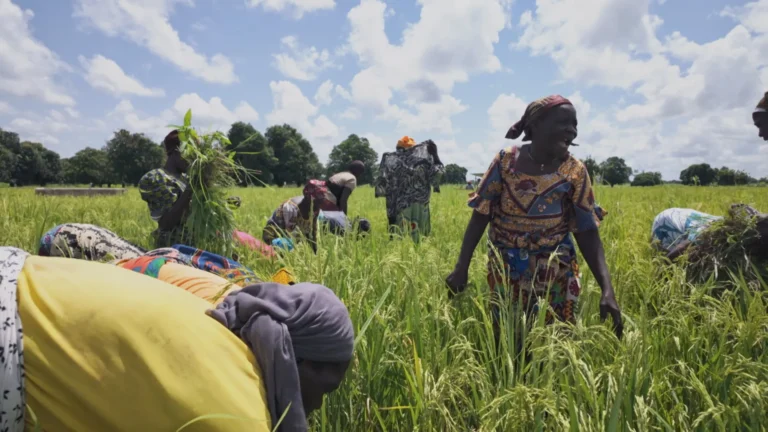
Mauritania is once again the scene of a tragic maritime disaster that underscores the ongoing dangers faced by West African migrants. On August 27, 2025, a pirogue carrying around 160 people capsized off the Mauritanian coast, leaving at least 69 dead and dozens missing.
Only 17 men survived, reaching the shore after swimming for over an hour.
The vessel had departed Gambia six days earlier, carrying passengers primarily from Senegal and Gambia, all seeking to reach Europe via the Canary Islands. The journey, part of a well-known yet increasingly perilous migratory route, ended in catastrophe when the boat’s engine failed.
According to reports, a rescue canoe was dispatched by a smuggler, but panic among passengers caused the vessel to capsize during the transfer, resulting in the staggering death toll.
The aftermath paints a grim picture: bodies washed ashore near the port of Tanit, some 80 kilometers north of Nouakchott, while identity papers confirmed several victims as Senegalese.
Social media footage captures the scale of the disaster, a chilling reminder of the human cost of irregular migration. Since June, Mauritanian authorities have rescued at least 812 people at sea, illustrating both the prevalence of these journeys and their inherent dangers.
Over the past decade, the West African route to the Canary Islands has emerged as a major path to Europe. Though less monitored than the central Mediterranean, it remains fraught with risk.
In 2024, record numbers of migrants arrived on Spanish shores, while figures for 2025 show 11,883 arrivals between January and August—a nearly 47% decrease compared to the same period last year. Analysts suggest this decline reflects stronger border controls and increased maritime tragedies rather than a reduction in attempts.
Migrants cite unemployment, poverty, political instability, and family obligations as driving forces behind these perilous journeys. Europe represents hope and opportunity, despite the harsh realities awaiting many survivors.
Responses from both African and European authorities remain limited. Initiatives such as joint maritime patrols and local development programs exist, but they have yet to curb the cycle of illegal departures. Diplomatic tensions persist between departure and host countries, leaving migrants to bear the ultimate cost of an enduring crisis.
This latest disaster is a stark reminder of the human tragedy that continues to unfold in West Africa’s migratory landscape, demanding urgent and coordinated political action.



